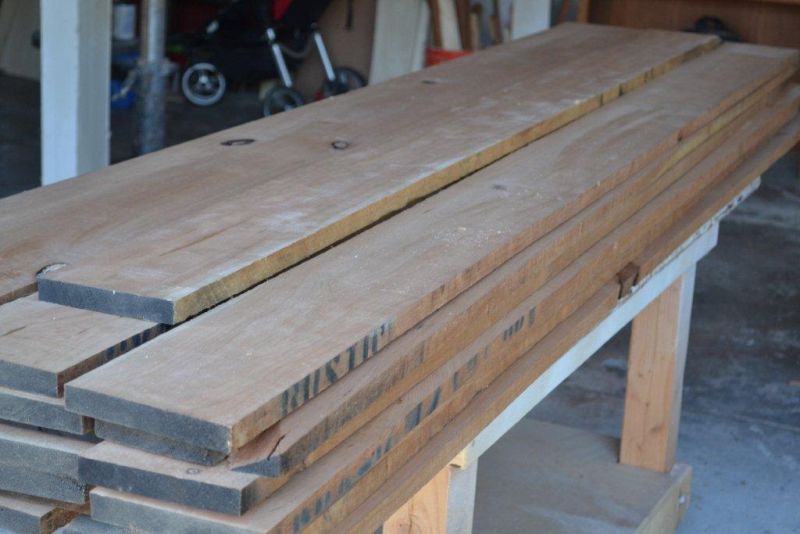Question
I'm looking at investing in a sliding table saw but really don't have a huge budget. Can anyone give me some advice on what to look for?
Forum Responses
(Cabinetmaking Forum)
From contributor J:
I went too cheap on my first and paid dearly for the experience. I got a lightweight, and about every time an employee banged a 4x8 sheet it went out of square. Eventually went much heavier and loving it ever since.
The scoring found on sliders is also important. This provides a nice, clean cut so that your product looks pleasing, and your edgebanding adheres properly.
If you buy used, be sure all of the safety components are still with the machine, especially the guard and the riving knife (splitter), which should sit behind the blade and is incorporated into the blade group. This is a standard safety feature offered on most, if not all, sliders to prevent kickback.
One last thing, since sliding table saws are a European design, many donít have dado capability, especially if you are looking at an older machine. Dado capability is outlawed in Europe because it is a non-through cut. Manufacturers have started to incorporate this feature into newer units, but you will want to confirm which machines in their lineup have it if you definitely want this feature.
Some people can be a bit apprehensive about going to a slider, but Iíve never heard from anyone who has made the switch to a sliding table saw and regretted it looking back.
If you buy one, the first thing to do is go over it and adjust everything to make a near perfect cut. Chances are the last guy never bothered. Their website has manuals and parts pages for most of their saws that you can download if needed.
For sure I'd buy an industrial level saw over the cheapies. My saw is over 2,000 lbs and rock solid. If I was going to use it for production panel cutting I'd put a powered fence on it. It will save you a lot of time and steps and be well worth its price. Digital stops on the squaring fence are also a nice feature. Both of these are available as aftermarket items. Look at Martin's web site for lots of other optional features that can be adapted to sliders. I had a powerfeed socket made for mine that fits below the table surface.
